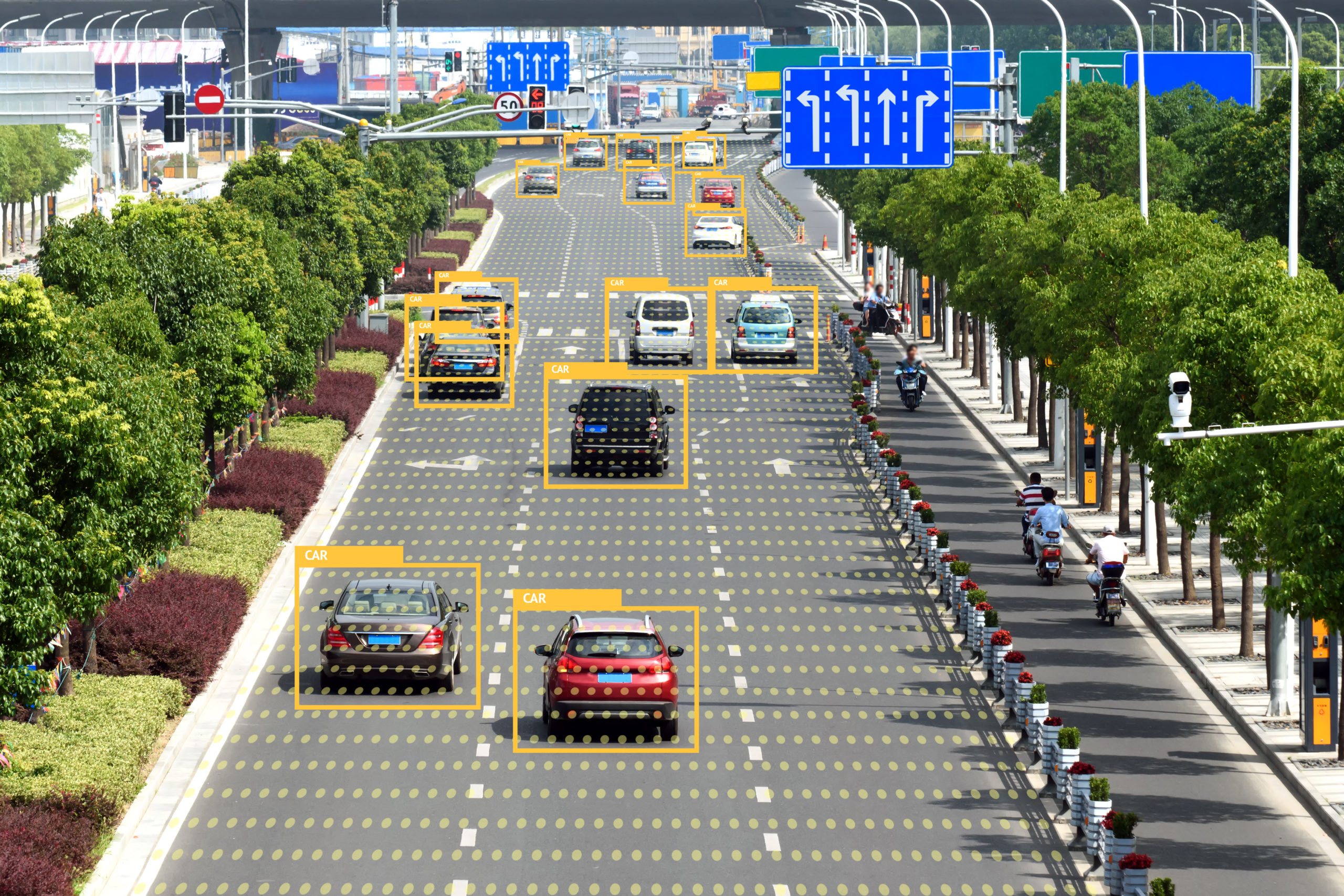In the present era of massive data, organizations from every sector rely heavily on machine learning and artificial intelligence for gaining valuable insights. Image annotation, which is an essential technique in computer vision, helps to interpret visual data. In this article, we look at the world of image analysis, and look at the importance of tools, software, and solutions that enable data-driven decision making.

Image annotation consists of tagging or labeling images with metadata, which allows computers to process and interpret visually-related data with accuracy. By adding annotations like bounding boxes, polygons, keypoints, or semantic segmentation annotation allows ML models to recognize objects, patterns, and features within images. This process bridges a gap between raw images and a measurable insights, opening up the possibility to various applications, including autonomous vehicles, healthcare imagery, e-commerce, and even surveillance.
A variety of tools are available to make it easier for annotation of images. They have user-friendly interfaces that let users easily mark images or objects that are of curiosity. They provide a wide range of annotation options, as well as customizable features to suit various data requirements. An image annotation tool is offered in a variety of options, such as basic drawing tools, advanced shapes recognition, and automated annotation suggestions. This gives annotationists to work effectively and with precision.
Image annotation software takes the annotation process to the next level by incorporating automation and collaboration features. These software solutions leverage ML algorithms to automatize the annotation process, reducing the manual work and increasing annotation speed. An annotation software employs techniques such as active learning and transfers knowledge to improve the speed of labeling, while preserving quality results.
Annotation software is also able to facilitate collaboration between multiple annotators. This lets teams work in a seamless manner. It allows real-time synchronization of annotations, annotating versioning, and comments functions, which ensures smooth communication and creating a more collaborative environment. This collaborative approach does not only enhance the quality of annotations, it also facilitates knowledge sharing and ensures consistent annotations.
When selecting an image annotation tool, several factors need to be considered. The application must be able meet the requirements of the project. This includes the types of annotations needed (e.g. bounding boxes keys, polygons, keypoints) in addition to the scale and complexity.
Second, flexibility and adaptability The second factor is flexibility and adaptability. An effective annotation system should permit the customisation of workflows for annotation as well as integration with existing systems for managing data, and compatibility with various data formats. This flexibility allows the annotation software to fit seamlessly into existing workflows.
The quality of the annotations created by the software is another aspect that needs to be evaluated. Quality control methods are employed by reliable image annotation software to ensure accurate and consistent labeling. These may include check for agreement between annotations, inter-annotator validation, and constant feedback loops between annotators and reviewers.
Image annotation has an enormous impact that goes beyond the act of annotation. By leveraging image annotation tools or software companies can increase the potential of their data in a variety of ways. The most important thing is that precise annotations allow for the training and development of ML models that have higher precision and resiliency. These models are then deployed across a range of applications such as image classification, object recognition and anomaly detecting.
Image annotation can also aid in data driven decision making through providing deep, relevant information from the visual data. In the medical industry, annotations on medical images aid in diagnosing diseases by identifying the cause of abnormalities and making plans for treatment. In ecommerce, image annotations aid in product recommendations as well as image search and visual marketing strategies.
By unlocking this valuable resource, image annotating with data sciences has changed the way we work. It improves data analysis and uncovers the hidden connections. Real-time insights are also produced. Annotating images helps organizations improve their processes and get to market faster, while cost reduction. It also gives them an advantage. Images are a fantastic method to convey concepts and they’re easier to comprehend than abstract images. Correctly annotated photos also provide data that is more accessible to everyone involved. Image annotation is a powerful tool to transform data into actionable insights, and increase its value for any kind of application.